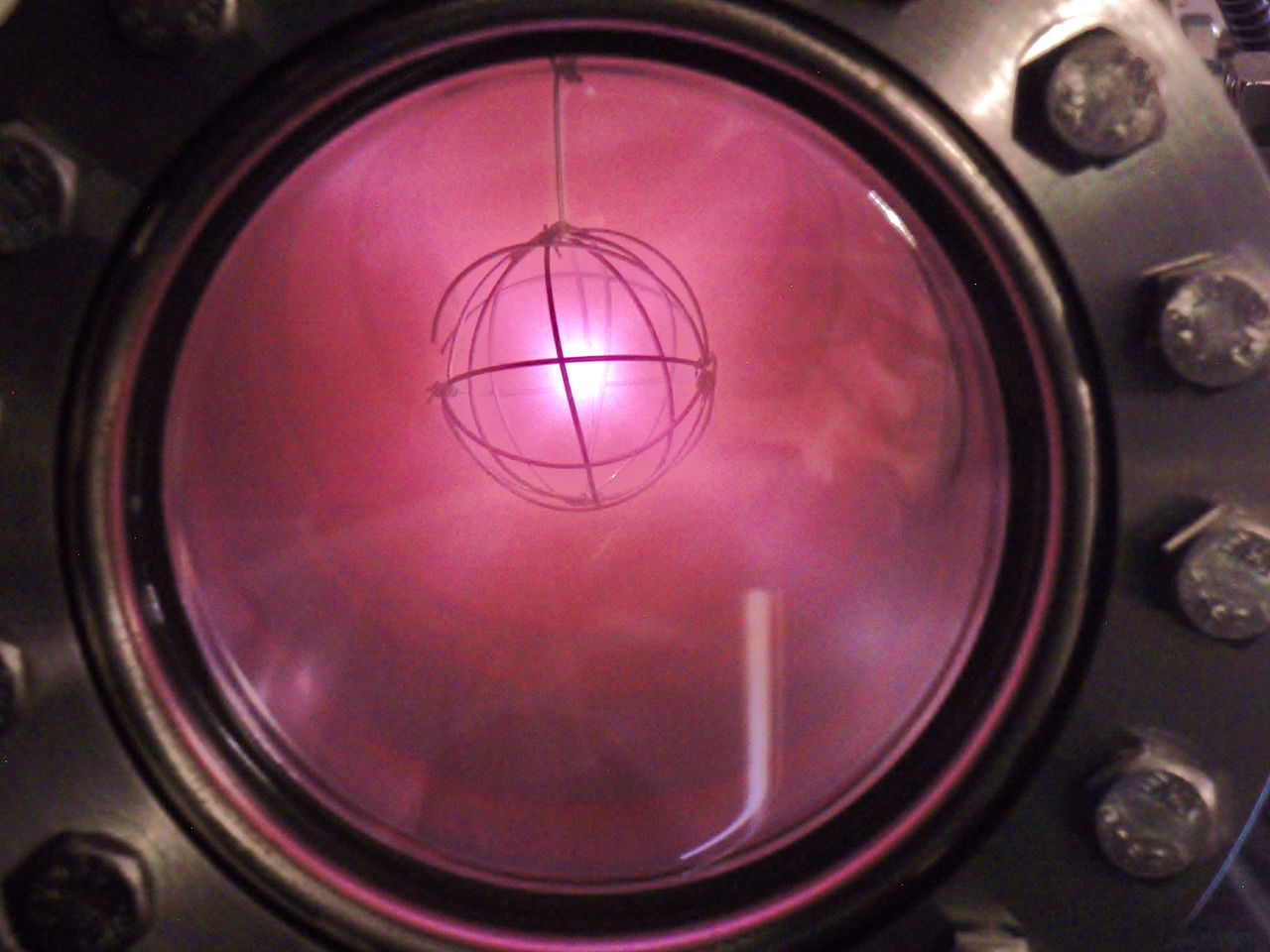Better Heating of Magnetically Confined Plasmas

Written by Tim Lash, Focus Fusion Society Contributor.
A few weeks ago we wrote about researchers adding impurities to fusion fuel to improve outcomes. In that case noble gasses added to the fuel prevented runaway electron currents. A new report details another study of fusion fuel additives. In this case scientists examine ways to improve radio frequency (RF) plasma heating. This work recently appeared in the journal Nature Physics. The team of researchers at the Massachusetts Institute of Technology (MIT) explain how adjusting the nuclear fusion “recipe” allowed them to increase the energy output. Replicated results produced by researchers at the largest active fusion device in Europe, the Joint European Torus (JET), confirm this finding.
Nuclear fusion attempts to bring the nuclei of two light atoms into close proximity. When close enough, the strong nuclear force takes over and combines the fuel atoms into one heavier element while releasing energy. Unfortunately, strong Coulomb forces stand in the way. Heated nuclei become energetic enough to cross the coulomb barrier and fuse. Radio waves directed into the reactor heat the fusion fuels to these energetic levels.
Radio waves tuned to a frequency resonant with the fuels is most effective. The two fuels needed for fusion always have different resonant frequencies. Therefore unequal heating via a single RF input occurs. The researchers found that adding a trace impurity into their base fuels increased the heating performance of the whole system. They achieved this by selecting an additive with a resonance frequency between that of the two fuel types.
The teams at MIT and JET work with hydrogen and deuterium fuel. Hydrogen normally makes up about 5% of the fuel mixture with the remaining 95% composed of deuterium. The RF input gets tuned to the lighter hydrogen resonant frequency. Addition of a trace amount (less than one percent) of helium-3 and tuning the RF input to that resonant frequency instead, the achieved energies were ten times higher with the same level of RF input.
It’s common for most fusion reactor designs to need complex systems, or in this case fuel additives, to make plasma behave in the desired fashion. Alternately, LPP Fusion uses the inherent behavior in plasma to achieve record breaking temperatures.